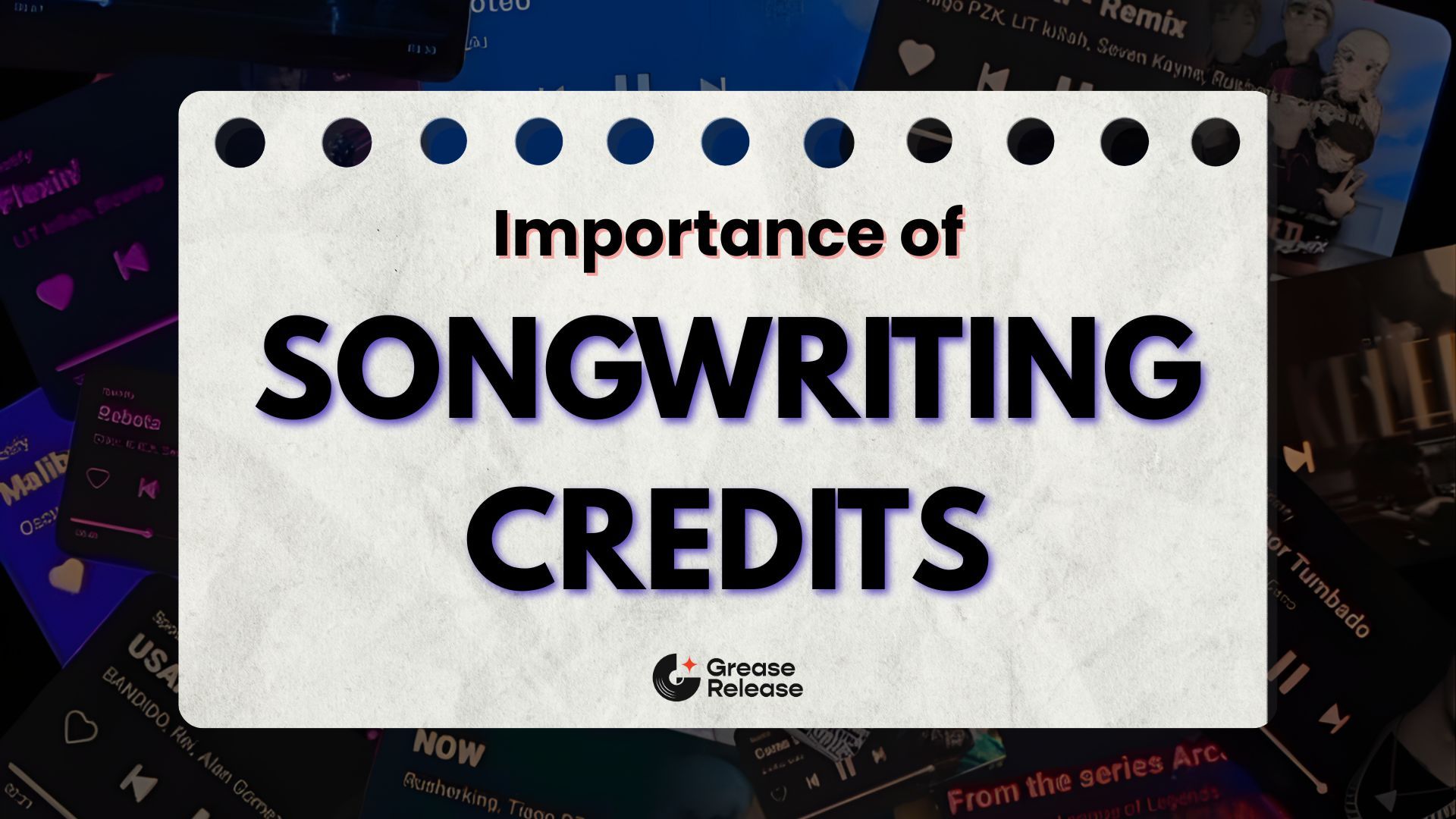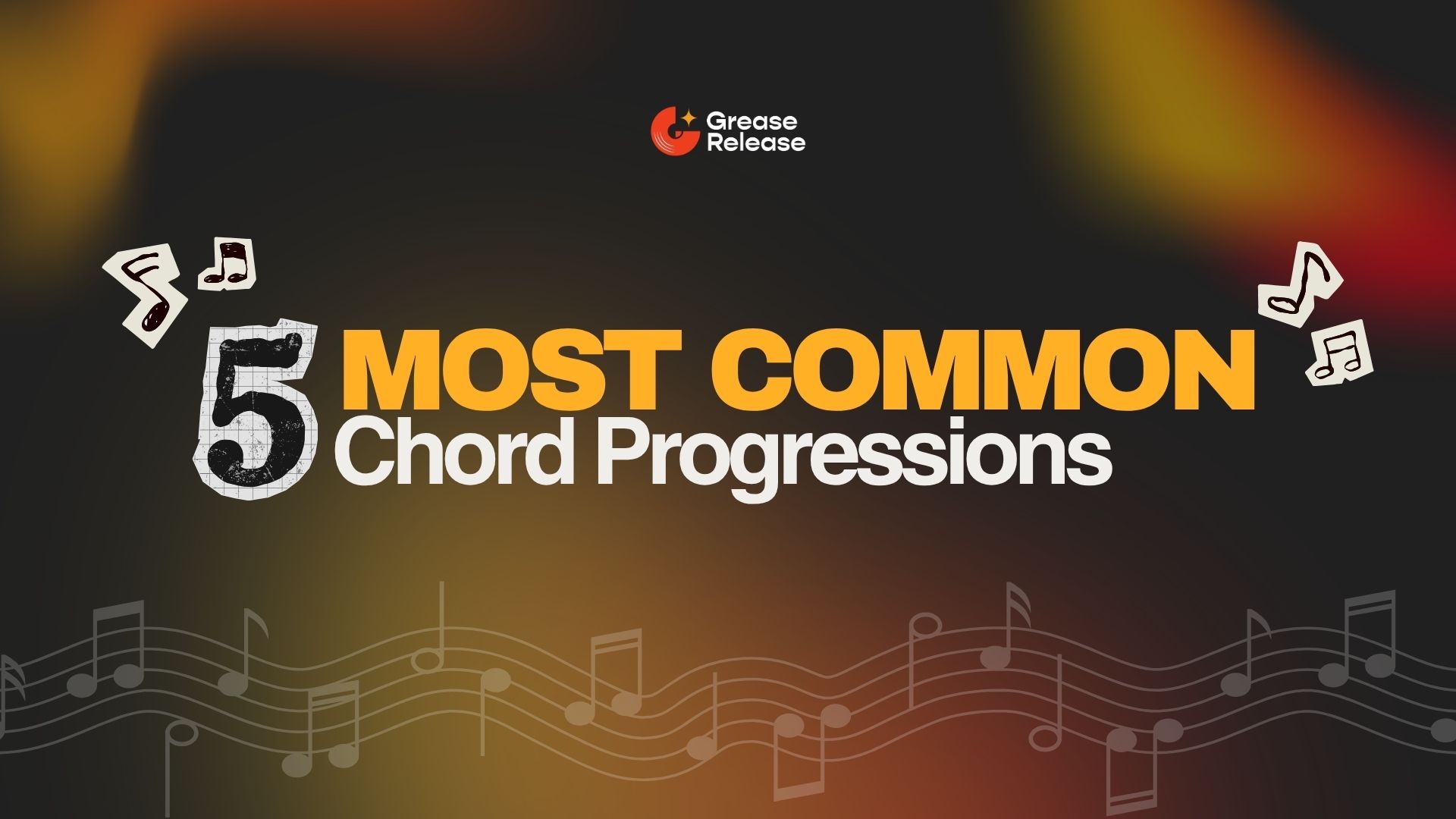
Do(s) and Don’t(s) When Pitching Your Music to Curators
Oct 16, 2024How to Pitch Your Music to Curators?
For indie musicians, getting your music featured on Spotify playlists is a game-changer. Playlists have the power to expose your song to thousands (if not millions) of listeners, boosting streams and growing your fanbase. However, landing a spot on a playlist often comes down to crafting the perfect pitch and building relationships with curators. In this guide, we’ll explore the best practices for pitching your music to playlist curators and give you actionable tips to increase your chances of success.
We’ll be taking a look at the following:
Why Is Pitching to Playlist Curators Important?
Pitching your music to playlist curators is one of the most effective ways to get your song in front of new listeners. Platforms like Spotify, Apple Music, and Deezer have millions of active users, and playlists—whether independent or editorial—can be crucial in helping your music go viral.

Types of Playlist Curators:
- Independent Curators: These are individuals or small teams who manage playlists based on personal taste or genre. Indie curators can have thousands of followers, making them great targets for indie musicians.
- Editorial Curators: Platforms like Spotify and Apple Music have their own editorial teams curating playlists like RapCaviar or Today’s Top Hits. Landing a spot on these lists can result in a major career boost.
Pro Tip: Don’t just focus on the big editorial playlists. Independent playlisters are often more approachable, and landing spots on multiple smaller playlists can be just as impactful as one big placement.
How To Find the Right Curators for Your Music?
Finding the right curators starts with research. You want to pitch your music to playlists that align with your genre, style, and audience. Here are a few ways to do it:
- Use Playlist Research Platforms: Platforms like Playlistradar, Soundcamps, and Chartmetric allow musicians to search for playlists by genre, follower count, and curator type. This helps you target the right curators and avoid wasting time on irrelevant lists.
- Research Playlists Manually: Go through Spotify’s search function to find playlists in your genre. Look at who the curator is, and see if they’re open to submissions.
- Social Media: Many independent curators actively use platforms like Instagram and Twitter to engage with artists. Follow them, interact with their content, and politely ask about submission opportunities.

Example: Many indie artists found success by targeting curators of lo-fi and chill-hop playlists through Instagram, reaching out with a personalized message, and securing placements that boosted their streams by over 50%.
What Should You Include in Your Playlist Pitch?
A well-crafted pitch is your gateway to getting noticed by playlist curators. Here’s what you should include:
- Subject Line: Keep it simple and direct, like “New Indie Pop Song Submission for [Playlist Name].”
- Personalized Greeting: Address the curator by name if possible. It shows you’ve done your research.
- Song Information: Include a brief description of your song (genre, vibe, inspiration), why it would be a good fit for their playlist, and any notable facts (e.g., a previous feature, fan reaction).

- Links: Always include a link to the song on Spotify or a SmartLink, along with your social media profiles.
- Thank You: End with a polite thank you and an offer to provide any additional info if needed.
Pro Tip: Curators receive tons of submissions, so respect their time by keeping your email concise and polite. Focus on why your song is relevant to their playlist.
Do’s and Don’ts:
- Do keep it short and to the point.
- Don’t mass email or copy-paste the same message to every curator—it’s easy to spot generic pitches.

Cold Emailing: While cold emailing can be an effective way to reach new curators, make sure it’s personalized. A tailored approach shows that you’ve done your homework and understand their playlist. When cold emailing, briefly introduce yourself and explain why your music is a good fit for their playlist. Keep the tone respectful and friendly—most curators are open to submissions but prefer pitches that feel genuine.
Pro Tip: To improve your cold emailing success rate, research each curator and mention something specific about their playlist. This shows you’re interested in their work, not just blasting out mass emails.
How To Submit Your Song to Spotify Editorial Playlists?
Spotify offers a streamlined process for submitting songs to their editorial curators through the Spotify for Artists platform. Here’s how to do it:
- Claim Your Profile: Ensure you have access to Spotify for Artists by claiming your artist profile.
- Submit Early: Use the platform to pitch your unreleased music for playlist consideration. Submit your song at least 7 days before release to increase your chances.
- Provide Key Details: When submitting, you’ll be asked to provide information about the song’s genre, mood, and production. Be specific, as this helps the editors place your track in the right playlist.

Pro Tip: The earlier you submit, the better. This gives Spotify’s team time to review your song and decide where it fits within their playlists.
How To Build Relationships with Independent Playlisters?
Playlist success often comes down to relationships. Here’s how you can nurture long-term connections with indie curators:
- Follow Up: If your song is accepted, follow up with a thank-you message and share the playlist on your social media. This helps strengthen your connection with the curator.
- Support the Playlist: Engage with the curator’s playlist regularly—share it with your followers, comment on their posts, and be an active participant in their community.
- Stay in Touch: Don’t treat curators like a one-time opportunity. Keep them updated on future releases and show genuine interest in their work.
FAQs
How long should my playlist pitch be?
Your pitch should be short and direct, ideally no more than 3-4 sentences. Keep it concise while highlighting the most important details of your song.
What’s the best way to follow up after pitching my song?
Wait at least 1-2 weeks before following up. Be polite in your follow-up email, thanking them for their time and asking if they had a chance to listen to your track.
How far in advance should I pitch my music?
For the best chance of success, pitch your music at least 2-3 weeks before its release date, giving curators ample time to consider your submission.
Do I need to pay for playlist placements?
No, legitimate curators won’t ask for payment. Be cautious of anyone asking for money to place
your song on their playlist.
Our Final Thoughts
Pitching your music to playlist curators is one of the most effective ways to grow your audience as an indie artist. By researching curators, crafting personalized pitches, and building long-term relationships, you can increase your chances of landing on playlists that will expose your music to new listeners. Whether you’re submitting to independent playlisters or through Spotify’s editorial playlist submission, persistence, preparation, and professionalism are key. Start pitching your songs today, and don’t be afraid to experiment with different strategies to see what works best for your music.
We at GreaseRelease, have a bunch of curators on our network who are looking for new & exciting music to push on their massive playlists. If you make music and want to reach a wider audience, check out our submission platform and get a chance to reach millions of listeners! Submit your tracks now!
Don't miss my newsletter!
Join me on a music entrepreneurship journey with new tips and tricks delivered straight to your inbox.
We hate SPAM. We will never sell your information, for any reason.




